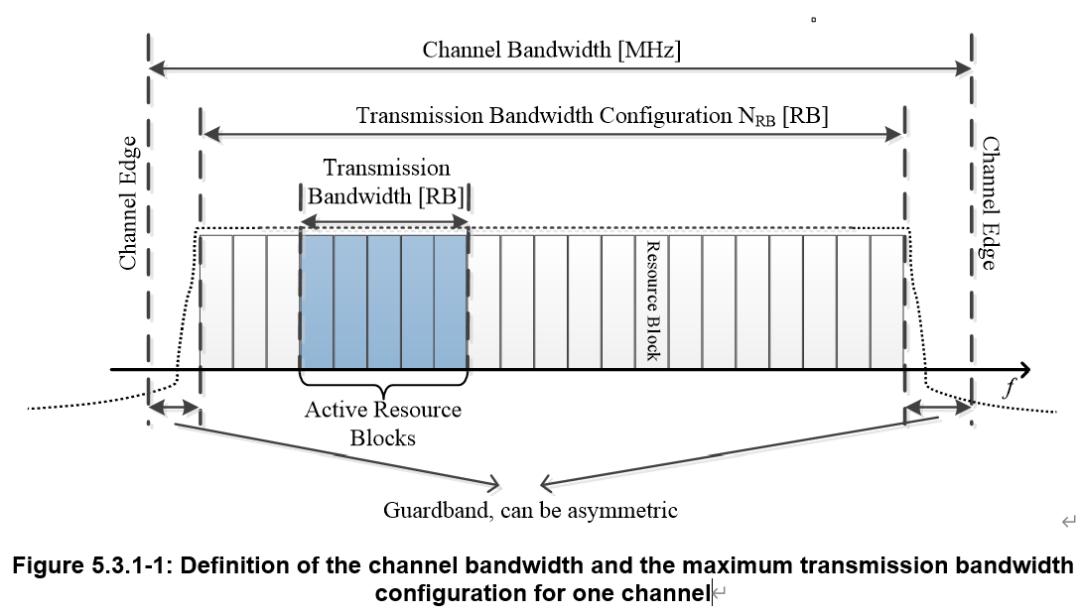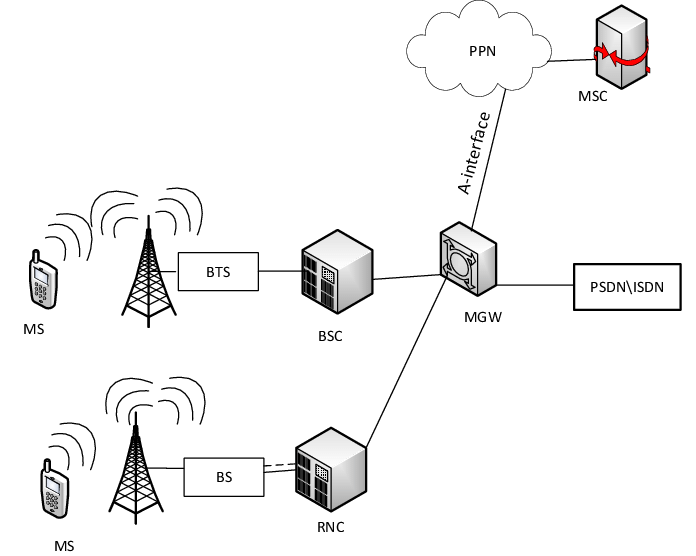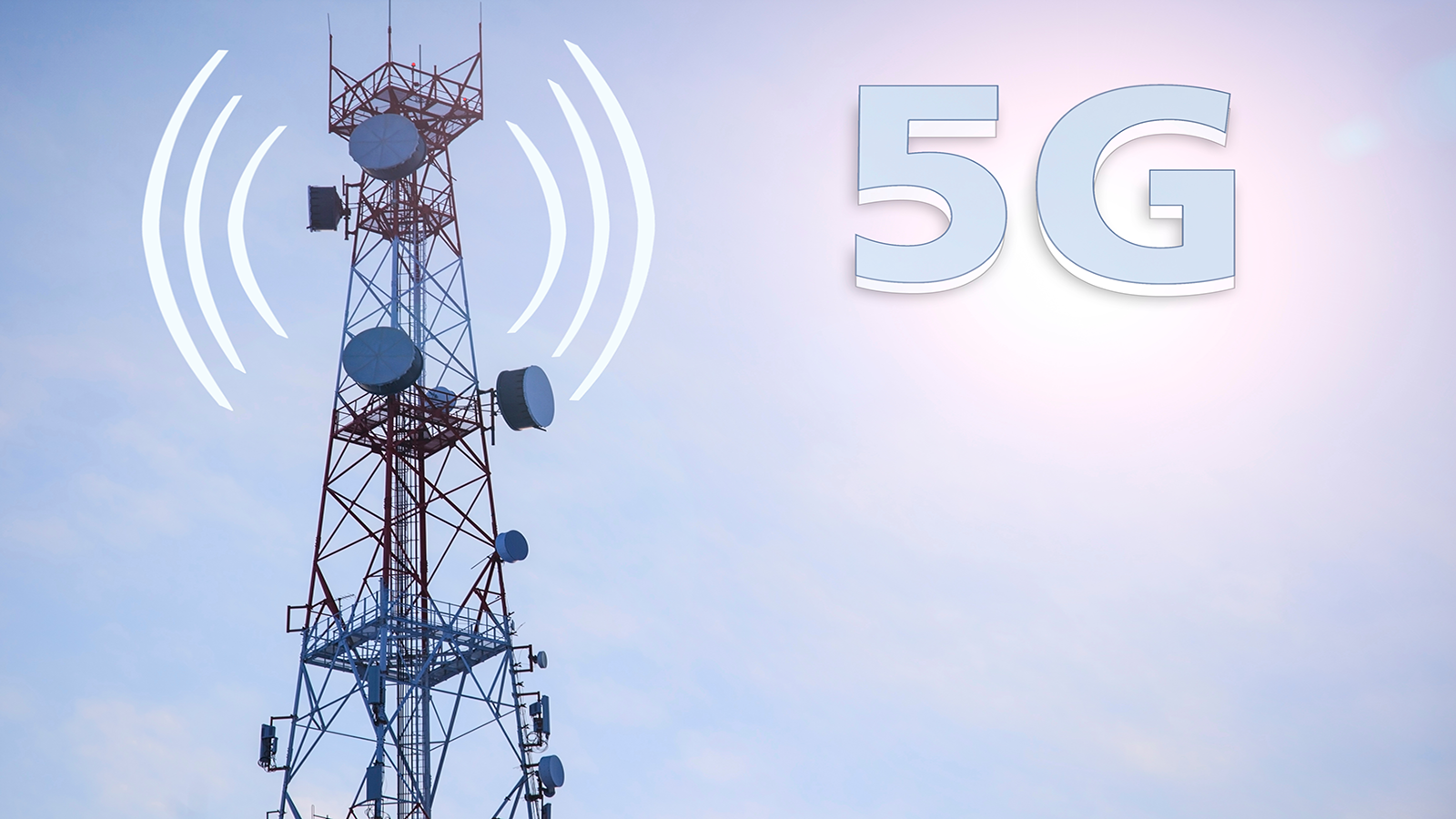Overview of V2X
Vehicle-to-everything (V2X) refers to technologies that enable vehicles to connect and communicate with the external world. Connections can be vehicle-to-vehicle (V2V), vehicle-to-infrastructure (V2I), vehicle-to-network (V2N), vehicle-to-pedestrian (V2P), and vehicle-to-device (V2D). Widespread adoption of V2X can change mobility patterns by enabling real-time information exchange between vehicles, infrastructure such as traffic lights and roadside units, and other devices and services.
V2X applications include vehicle safety, navigation and route optimization, in-vehicle entertainment and information, fault diagnostics and remote monitoring, autonomous driving, behavior analysis for insurance pricing, and environmental monitoring. V2X enables vehicles to communicate with traffic management centers and other vehicles in real time, providing warnings to avoid collisions and supplying live traffic data and optimal routing to reduce congestion.
In-vehicle entertainment and information systems connect passengers to online media, streaming services, and other digital applications. V2X also supports diagnostics and remote monitoring by transmitting vehicle status to owners or service centers to identify and resolve issues more efficiently.
V2X is a key enabler for automated driving. Inter-vehicle communication and cooperative sensing allow vehicles to coordinate their actions, supporting higher levels of driving automation. Driving-behavior data collected via V2X can be used by insurers to assess risk and offer customized policies, and such data can assist in determining liability after collisions.
V2X can improve traffic efficiency and help monitor and manage vehicle emissions, reducing environmental impact. However, it also raises security and privacy concerns such as cyberattacks and data breaches, so security and privacy protections are necessary as the technology develops.
Impact of 5G Network Features on V2X
Emerging 5G technologies have a significant impact on V2X applications. 5G offers much higher data rates than previous cellular generations, enabling vehicles to transmit and receive larger amounts of data more quickly for near-real-time communication and response—an important capability for autonomous driving and live traffic updates.
Low latency in 5G networks reduces the time required for data transmission and reception, enabling faster vehicle responses and more efficient traffic management. Low latency is critical for safety in automated driving systems.
5G also provides greater network capacity, allowing many vehicles and devices to connect simultaneously; this supports complex inter-vehicle communications and interactions. 5G includes mechanisms to improve reliability, which helps ensure stable V2X operation.
Using 5G, vehicles can share position, speed, trajectory, and other status information to enable coordinated driving and traffic-flow optimization—features that are particularly valuable in congested scenarios. 5G also supports connectivity between vehicles and traffic infrastructure, such as traffic signals and road monitoring systems, enabling smarter traffic management and routing.
Higher data throughput and processing capability in 5G systems allow vehicles to collect and analyze larger datasets for driving behavior analysis, diagnostics, and insurance assessment. Overall, 5G advances the capabilities of V2X by enhancing connectivity, latency, capacity, and reliability.
Relevant V2X standards include 3GPP Release 14/15 cellular V2X (C-V2X) and the IEEE 802.11-based Dedicated Short-Range Communications (DSRC) standard for short- to mid-range vehicle communications.
Murata V2X Modules Based on Autotalks Chipsets
Murata offers V2X modules including Type 1YL and Type 2AN that support both DSRC and C-V2X standards for V2V and V2I communication. These modules can be used in on-board units (OBU) and roadside units (RSU) to detect vehicles approaching intersections, help prevent collisions, and detect vehicles in blind spots. The modules are built using AEC-Q100-qualified chipsets and support antenna design integration, with hardware security modules (eHSM) included.
The modules are based on Autotalks PLUTON2 and SECTON V2X chipsets. They support configurations for either hostless operation or integration with a host processor: Type 2AN is intended for hostless configurations, while Type 1YL is for systems with an integrated host. Both module families are compatible with V2X software stacks from multiple vendors, allowing software configuration to select DSRC or C-V2X operation for different regions (for example, Europe, Asia, or North America) without changing the hardware.
Type 1YL supports both DSRC and C-V2X and can be deployed in vehicles or infrastructure such as traffic signals. It integrates Autotalks SECTON (ATK4055C) and PLUTON2 (ATK3200) ICs. Supply voltages are 5 V and 3.3 V. Interfaces include USB, SPI, and UART. The module dimensions are 33.0 mm × 27.0 mm × 3.0 mm; operating temperature range is -40°C to 105°C. It is available in a surface-mount (SMD) package with a metal housing and includes an embedded hardware security module. Packaging options include tape-and-reel.
Type 2AN supports both DSRC and C-V2X and also integrates a processor capable of running V2X middleware and applications, with optional Secure CAN MCU support. It includes Autotalks CRATON2 (ATK4245C) and PLUTON2 (ATK3200) ICs, plus a dual-core ARM Cortex-A7 CPU. Supply voltages are 5 V and 3.3 V. Interfaces include USB, SPI, UART, CAN, and Ethernet (MAC). The module measures 38.5 mm × 37.5 mm × 8.5 mm and operates from -40°C to 85°C. It offers a board-to-board connector, eHSM, and embedded nonvolatile memory, and is provided in a metal housing.
Evaluation boards with Type 1YL or Type 2AN mounted on printed circuit boards are available to accelerate evaluation and integration.
Integrated PoE DC-DC Converter Solutions for V2X
Power over Ethernet (PoE) supplies data and electrical power over a single Ethernet cable, eliminating separate power lines for devices. PoE supports device power detection and classification to deliver the required power. IEEE PoE standards include IEEE 802.3af (PoE, PD power 13 W), IEEE 802.3at (PoE+, PD power up to 25.5 W), and IEEE 802.3bt (PoE++, PD power up to 71 W).
Murata's PoE DC-DC converters use planar transformers to achieve compact, low-profile designs. The higher coupling coefficient between primary and secondary reduces leakage inductance and lowers power loss, improving efficiency and reducing noise.
Murata PoE modules include PD-side isolated DC-DC converters (MYBSP series) offering 5 V or 12 V outputs and up to 72 W power, and PSE-side boost DC-DC converters (MYBSS series) providing 54 V output at 30 W. These modules integrate PD/PSE classification and PoE communication functions compliant with IEEE 802.3af, 802.3at, and 802.3bt. The designs use planar transformers for small footprint and high isolation and are specified for operation from -40°C to +85°C, low conducted and radiated emissions, and 2250 Vdc input-output isolation with minimal external capacitance required.
The MYBSP/MYBSS series can be applied in V2X vehicle-tracking systems as well as in wireless access points, edge computing systems, surveillance cameras, biometric systems, conferencing equipment, LED lighting, IP phones, and digital signage.
Conclusion
The combination of 5G and V2X technologies is enabling concrete deployments of V2X use cases by improving data rates, latency, capacity, and reliability. Dual-standard V2X modules (DSRC and C-V2X) and compact PoE DC-DC converters support a range of vehicle and infrastructure deployments by providing flexible radio interfaces and compact isolated power solutions. These components can be used to develop V2X OBUs and RSUs and to integrate V2X functionality into infrastructure equipment.
 ALLPCB
ALLPCB








